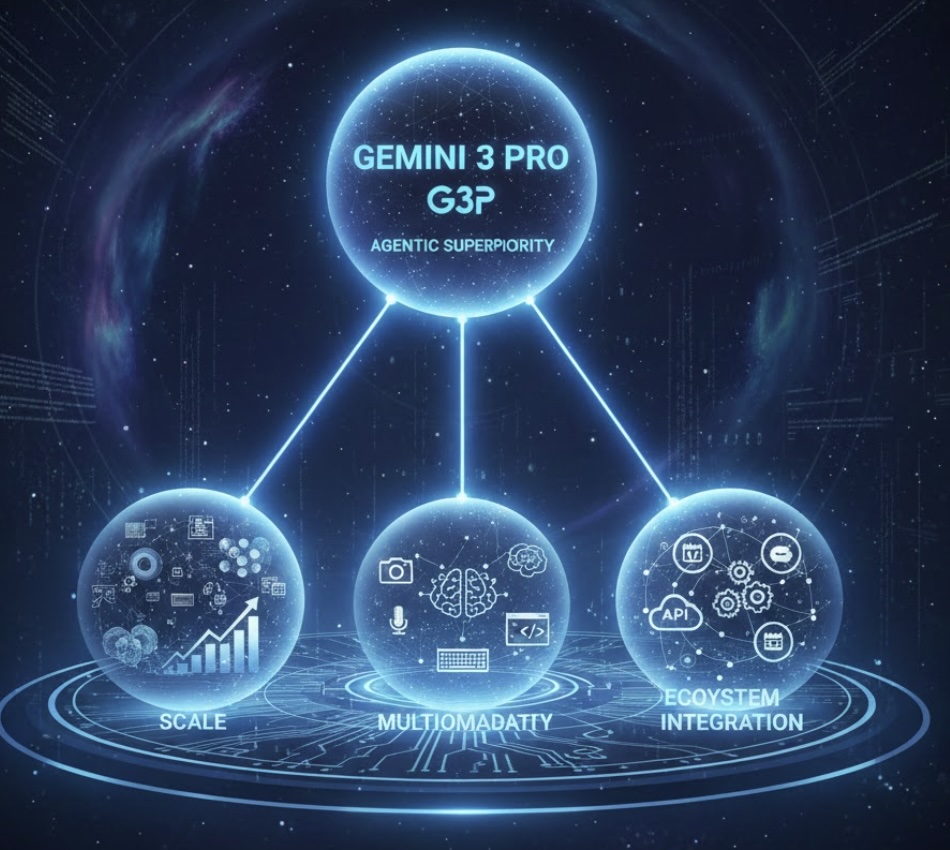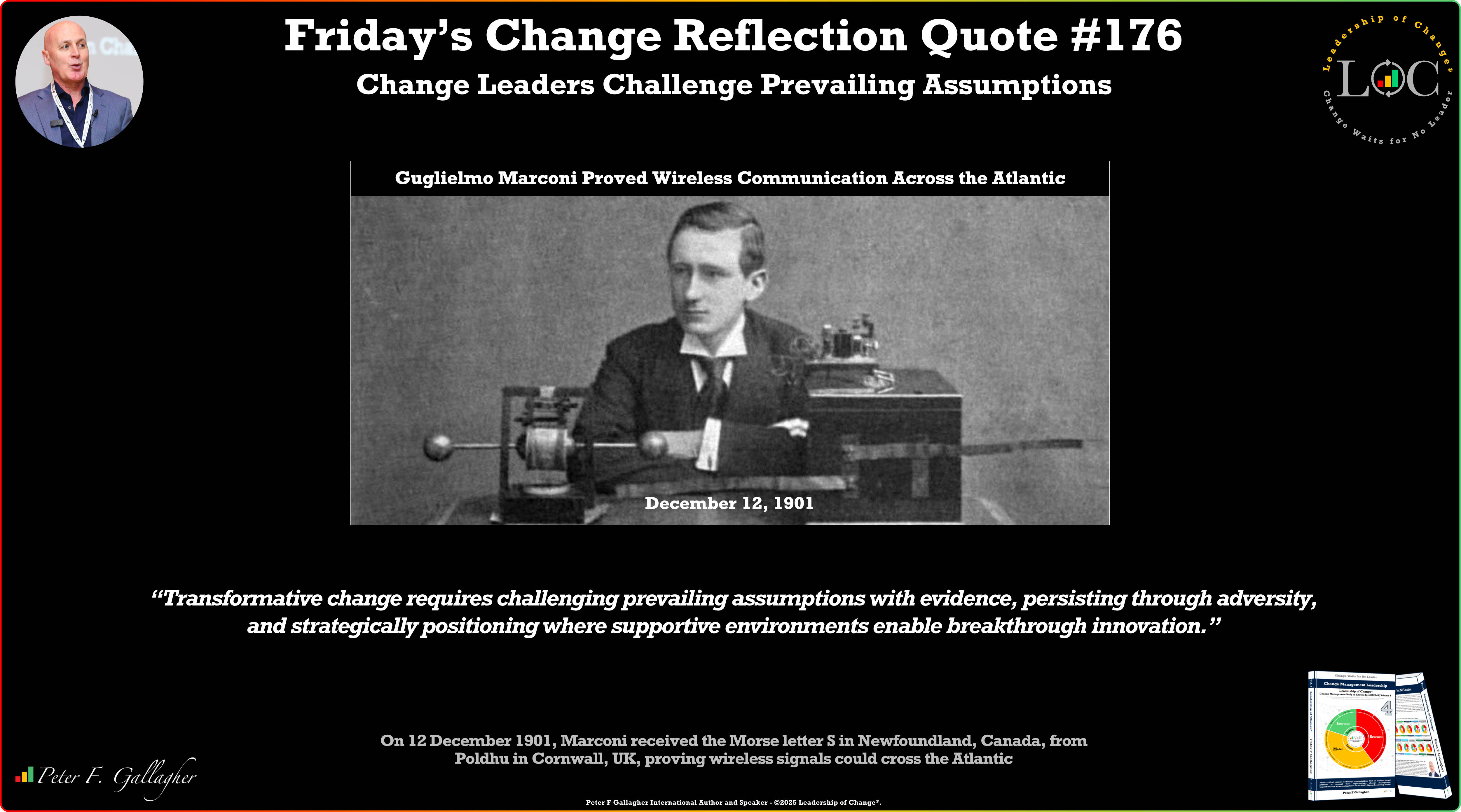Nov20

In an era where leaders are urged to push boundaries, drive innovations, and relentlessly aim for growth, the idea of expressing gratitude might seem quaint, if not utterly irrelevant. But herein lies a counterintuitive wisdom: While aspiring to change the world, the most revolutionary act a leader can take is often the simplest – cultivating gratitude.
Gratitude has long been the subject of various spiritual teachings and psychological studies, but its revolutionary potency in organizational settings is underappreciated. It is often viewed as a 'soft' emotion, typically confined to the boundaries of personal life and undeserving of a place in the high-stakes game of leadership. This is where most leaders go astray.
Gratitude as Disruptive Innovation
When we think of disruptive innovations, our minds often drift to groundbreaking technologies or business models that completely overhaul established industries. Yet, in the field of leadership, gratitude can be the disruptive force that challenges the norms of hierarchical systems and transactional relationships.
Incorporating gratitude in your leadership style changes the game, transforming mundane exchanges into opportunities for connection. Imagine walking into a board meeting, where rather than diving into KPIs and ROIs right away, you pause to express genuine appreciation for everyone’s hard work. This act doesn’t just set a positive tone; it invigorates the room, fosters openness, and dismantles the defensive walls people often construct.
The Science of Gratitude
Research has shown that gratitude has a profound impact on mental health, elevating mood, reducing stress, and improving overall well-being. A study from UC Davis revealed that participants who kept a weekly gratitude journal reported fewer physical symptoms, felt better about their lives as a whole, and were more optimistic about the upcoming week compared to those who didn’t.
By expressing gratitude, you are not just engaging in a fleeting moment of politeness; you're promoting a mentally healthier work environment. This facilitates deeper interpersonal connections, which in turn sparks collaboration and drives innovation.
A Grounded View of Gratitude
As leaders aiming for high impact without burnout, it’s crucial to be grounded and intentional. A Grounded Gratitude Model consists of three key elements:
From Thought to Action
Consider adopting a "Gratitude Time," a dedicated time and space where team members can share what they are thankful for, both personally and professionally. Leverage blockchain technology to create a 'Gratitude Ledger,' a transparent record where employees can track and even quantify their expressions of gratitude. It may sound unconventional, but sometimes the most groundbreaking ideas emerge from combining the deeply human with the radically new.
By embedding gratitude into the organizational culture, we can create a cascade of benefits that go far beyond improving individual well-being. We turn our workplaces into hubs of innovation fueled by the authentic connections that gratitude nurtures.
So, the next time you are striving to break new ground, remember revolutionary leadership might just begin with a simple "thank you."
Keywords: Coaching, Leadership, Management
 The Agentic Superiority of Gemini 3 Pro: Scale, Multimodality, and Ecosystem Integration
The Agentic Superiority of Gemini 3 Pro: Scale, Multimodality, and Ecosystem Integration Data Isn’t the Problem. Alignment Is.
Data Isn’t the Problem. Alignment Is. Friday’s Change Reflection Quote - Leadership of Change - Change Leaders Challenge Prevailing Assumptions
Friday’s Change Reflection Quote - Leadership of Change - Change Leaders Challenge Prevailing Assumptions The Corix Partners Friday Reading List - December 12, 2025
The Corix Partners Friday Reading List - December 12, 2025 Measuring the True ROI of Automated Claims Processes: Beyond Speed and Cost
Measuring the True ROI of Automated Claims Processes: Beyond Speed and Cost